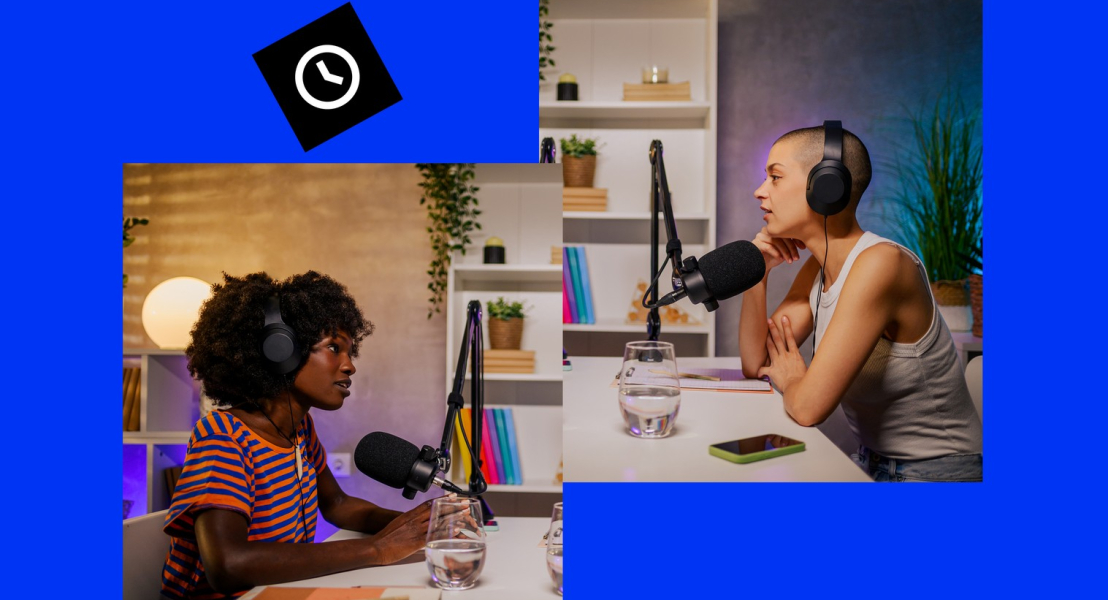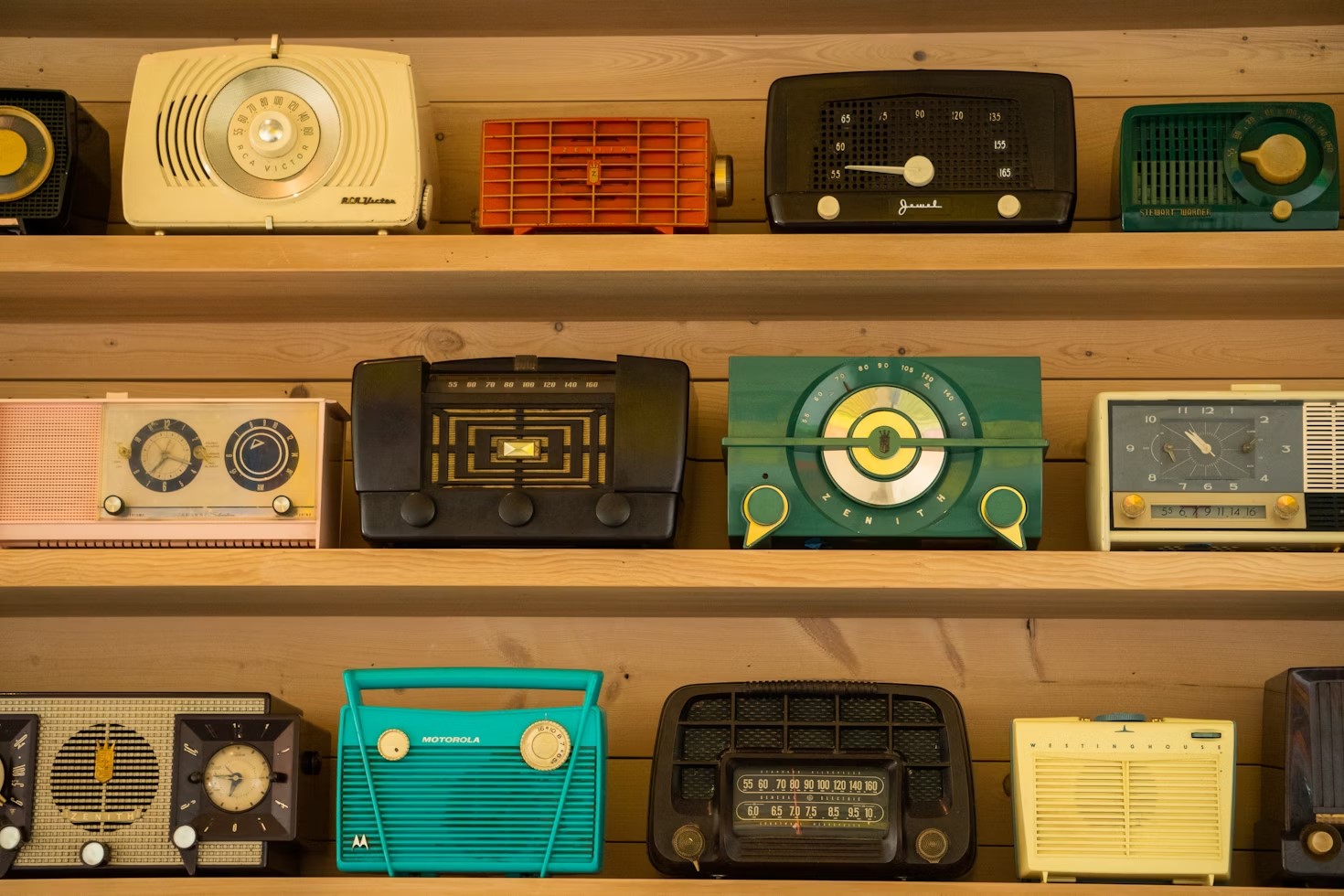We use cookies to improve the services we offer you. By continuing to browse this site, you consent to keep them in accordance with our Privacy Policy.
×We use cookies to improve the services we offer you. By continuing to browse this site, you consent to keep them in accordance with our Privacy Policy.
× 102
102
 7 min
7 min

In a world where content is consumed at lightning speed and personalized media is the new norm, radio has found itself undergoing a remarkable transformation. In 2025, the concept of a radio show has not only survived the digital revolution but thrived because of it. What was once confined to the FM dial and strict broadcast schedules is now accessible, interactive, and global.
To understand where radio shows stand today, it’s important to take a step back and look at where they came from. Traditional radio was a one-way street. Broadcasters transmitted; listeners received. There was no rewind button, no personalization, and very little interaction between the show and the audience.
However, the core of radio, storytelling, connection, music, and voice, never lost its relevance. What changed was the technology around it. The internet, mobile devices, and the rise of cloud-based broadcasting systems transformed radio from a centralized medium into a decentralized, creative playground for anyone with something to say.
Today’s radio shows look and feel very different from the analog programs of the past. They are no longer bound by geographic limits, station licenses, or expensive hardware. Creators can launch a station from their laptop and reach listeners across the globe, live or on demand.
Audiences in 2025 are also more open to exploring niche and independent content. This has paved the way for a new kind of broadcaster: one that is passionate, entrepreneurial, and eager to connect with a community around shared interests. Whether it’s a deep-dive music hour curated by an independent DJ, a live talk show centered on mental health, or a storytelling segment exploring folklore from around the world, radio shows have become as diverse as podcasts, but with the added magic of live broadcasting and curated atmosphere.
Amid this surge in digital broadcasting, RadioKing has emerged as one of the key platforms empowering the modern radio movement. Their user-friendly interface allows anyone, from first-time creators to experienced professionals, to launch and manage their own online radio station with ease.
Users don’t need any technical background to get started. The platform handles the complexity of streaming and hosting, while offering intuitive tools for uploading music, scheduling broadcasts, adding jingles or commercials. Moreover, it even provides detailed listening statistics. For businesses, RadioKing enables the creation of branded, in-store radio stations that reinforce identity and engage customers throughout the day.
For independent creators, it offers a level of creative freedom that traditional radio could never match. There are no time slots to compete for and no need to conform to a station’s style or rules. Creators have full control over their content, audience engagement, and broadcast format, whether it’s live, pre-recorded, or a hybrid of both.

In 2025, a successful radio show is more than just audio played over speakers. It exists across platforms and engages audiences through multiple touchpoints. Today’s creators are not just broadcasters, they are content strategists. They repurpose live sessions into on-demand episodes, promote snippets across social media, and often accompany their shows with video content to reach new audiences.
As creators look to enhance the quality of their audio or create promotional videos and visual assets, editing tools (like, for example, Movavi Video Editor) come into play. They offer accessible editing solutions that help radio hosts take their content to the next level. Whether it’s crafting a slick intro video for YouTube, cleaning up a recorded interview, or creating animated visuals to accompany a podcast episode, audio and video editors help every show sound (and look) as professional as possible.
In today’s landscape, a great radio show isn’t confined to a single platform. With the right tools, it becomes part of a broader content ecosystem, one that stretches across mobile apps, websites, smart speakers, and social feeds.
Perhaps the most fascinating aspect of radio’s evolution is the diversity of voices now being heard. It’s no longer just professional broadcasters or corporate stations filling the airwaves. In 2025, radio is powered by communities, creatives, educators, and entrepreneurs.
Independent artists and DJs are using online radio to share their music tastes without being boxed in by commercial algorithms. Small businesses are launching branded stations to create immersive customer experiences in-store and online. Teachers and institutions are building educational programming that can be accessed around the clock. Even local governments and nonprofits are finding value in radio as a tool for outreach and connection.
This diversity has led to a more vibrant and inclusive radio landscape, one where content is created for passion, not just profit.
Beyond the creative space, radio has also become a powerful business tool. Many companies have realized the unique value of creating their own branded stations, especially in physical locations like retail stores, hotels, and gyms. Instead of playing generic playlists or relying on third-party music providers, businesses are using platforms like RadioKing to craft their own in-store audio identity.
These stations enhance ambiance and provide strategic opportunities to promote offers, announce events, and reinforce brand messaging, all through a medium that customers are passively and consistently exposed to.
In many cases, businesses are even extending their broadcasts online, allowing loyal customers to tune in from home, the car, or on the go, further strengthening the brand-customer relationship.
The future of radio shows is already taking shape. Artificial Intelligence is beginning to influence everything from content recommendations to automated scheduling. Voice-activated tech continues to integrate radio into smart homes and vehicles. And thanks to platforms for managing online radio stations, these innovations are being made available not only to the big players, but to independent creators as well.
As interactivity increases, we may see real-time listener engagement (think voting on upcoming songs or live polls during interviews) become the norm. Meanwhile, integrations with e-commerce, loyalty programs, and data analytics are likely to push branded radio into an even more strategic role for businesses.
Radio has always been about connection, and in 2025, that hasn’t changed. What has changed is how accessible, flexible, and creative it has become. Radio shows are no longer limited by technical constraints or geography. They’re global, dynamic, and as personal as ever.
With platforms like RadioKing leading the charge, and creative editing tools supporting the production process, the modern radio show is both a creative outlet and a strategic asset. Whether you’re a business looking to build brand loyalty or a creator with a message to share, there’s never been a better time to step behind the mic.